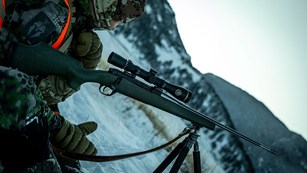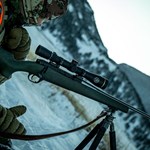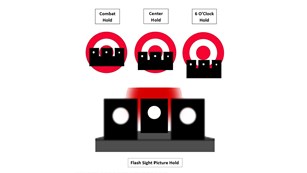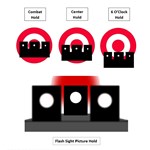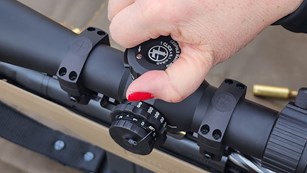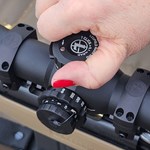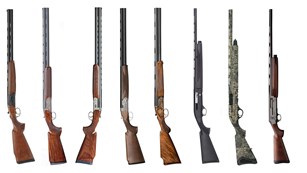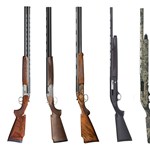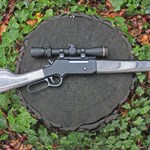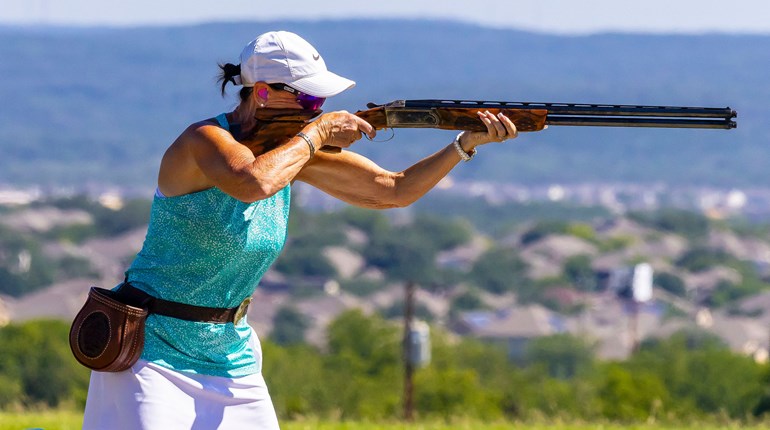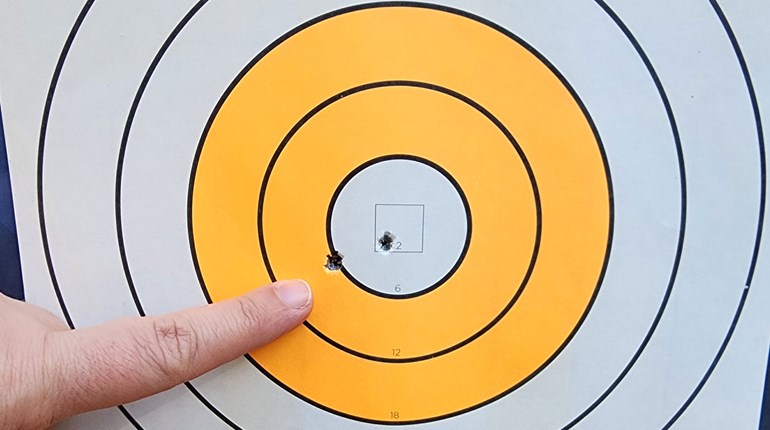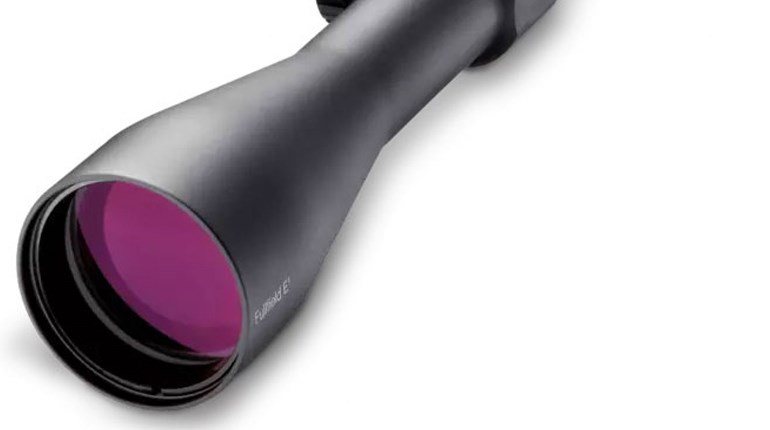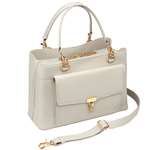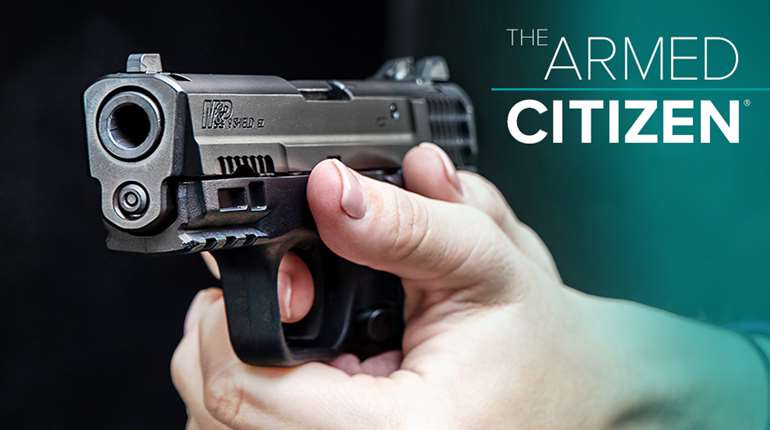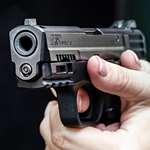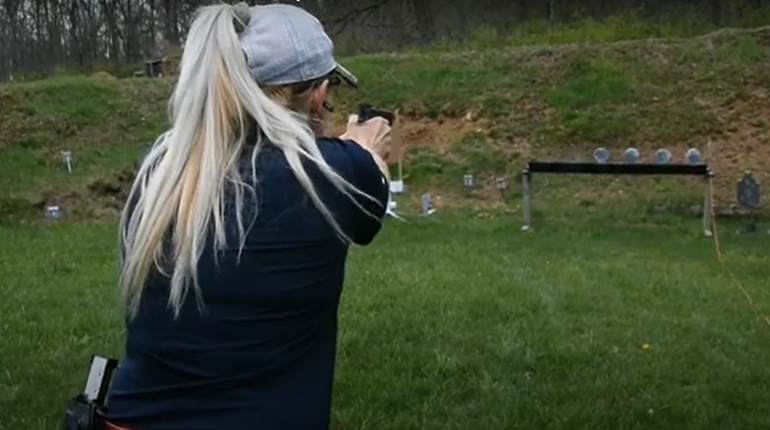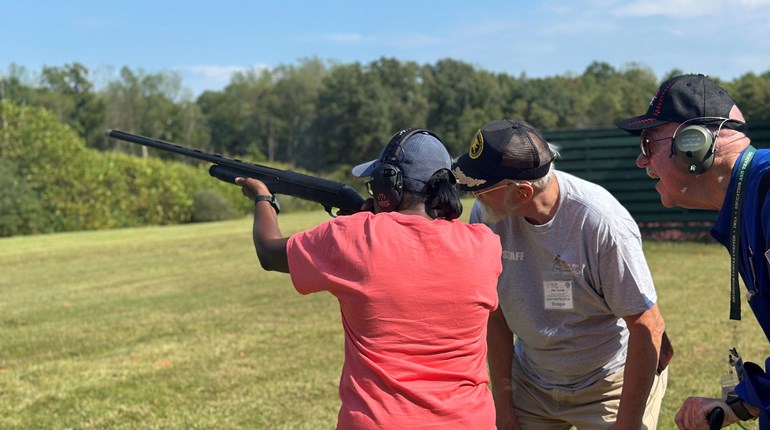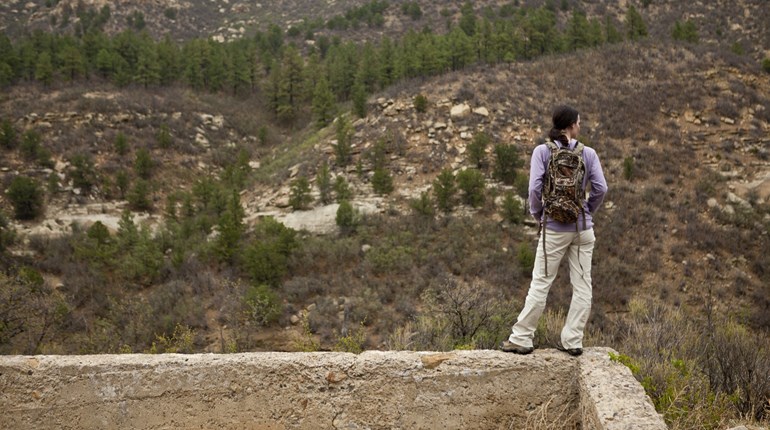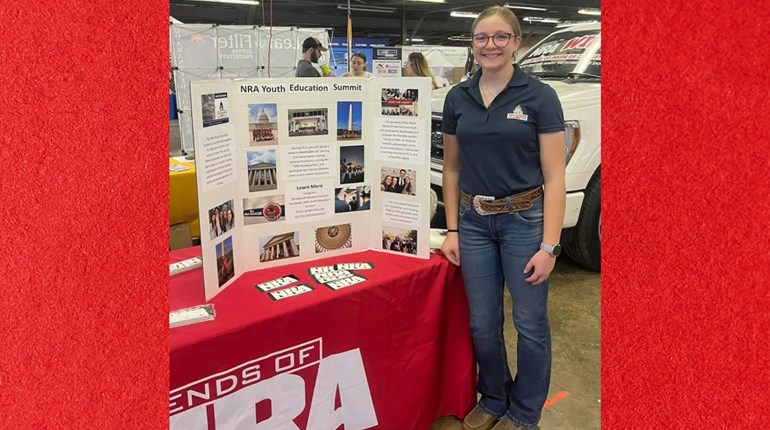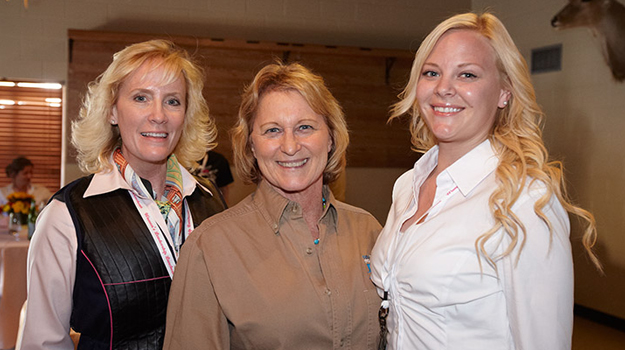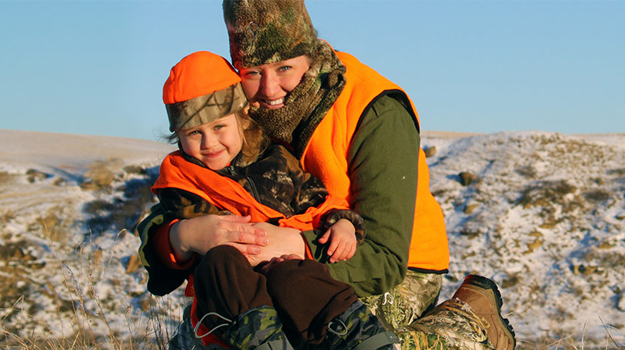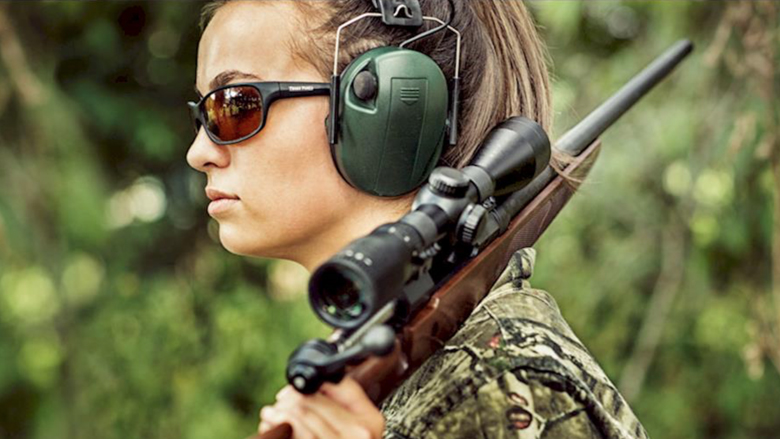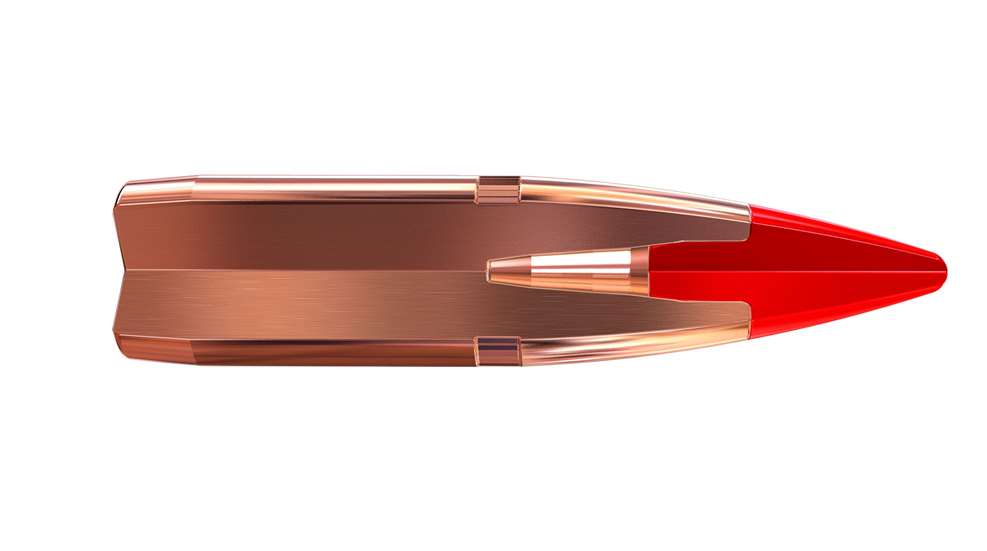
Not all hunting bullets are created equal—you shouldn’t just grab the first box of .270 you see and hit the field with it. Bullet design is actually fairly complex, and different types of bullets behave differently when they strike game. It’s important that you match the bullet to the type of hunting you’re going to be doing and the type of game you’ll be pursuing. The most common hunting bullets can be broken down into four main types: Cup-and-core bullets, partitioned bullets, bonded bullets and monolithic bullets. In this article, we’re going to take a quick dive into monolithic bullets.

Up until the 1980s, hunting bullets were either cup-and-core or partitioned, but either way, they all had a lead core and a metal (usually copper) jacket that helped to hold the core together until it was time to expand, and then helped control the expansion. But hunters began seeking even greater weight retention and deeper penetration, especially for the largest game, and in the late ’80s, Barnes Bullets came out with the all-copper monolithic bullet.
Monolithic bullets are basically a big hunk of copper, often with several rings engraved on the outside to help mitigate the higher internal pressures these bullets produce. They have a hollow cavity in the nose of the bullet, sometimes with a plastic tip. Upon impact, the bullet nose is forced open or the plastic tip is forced into the cavity (which forces the nose open), and then the bullet’s petals peel back on themselves, increasing the size of the wound channel the bullet creates as it penetrates.

With no lead core, monolithic bullets retain their weight and don’t break apart—they’re made to smash through bone and create good wound channels through even the densest tissue. They do this very well; sometimes even too well. At the wrong distance or velocity, they can zip right through an animal without expanding, a problem you might see at longer ranges or slower velocities. If you shoot monolithic bullets, know your ballistics and the associated velocity ranges.
Although they’re usually more expensive than lead bullets, an added benefit to monolithic bullets is that they’re a non-toxic alternative, if you are concerned about lead in your game meat or in the environment, or if you hunt somewhere that doesn’t allow lead projectiles.
Federal’s Trophy Copper, Barnes’ TSX and TTSX, Hornady’s CX and ECX, Nosler’s E-Tip and Winchester’s Copper Impact are all popular monolithic bullets or loads using monolithic bullets.

